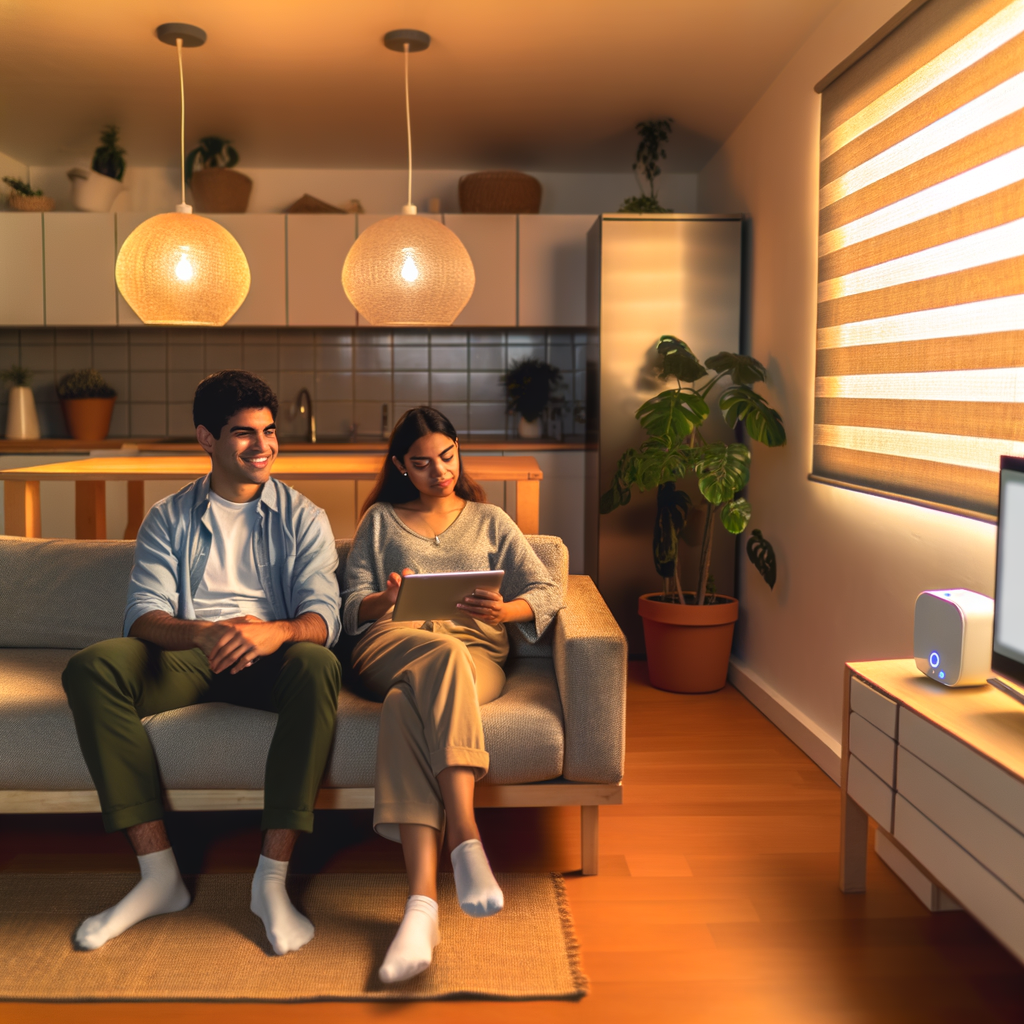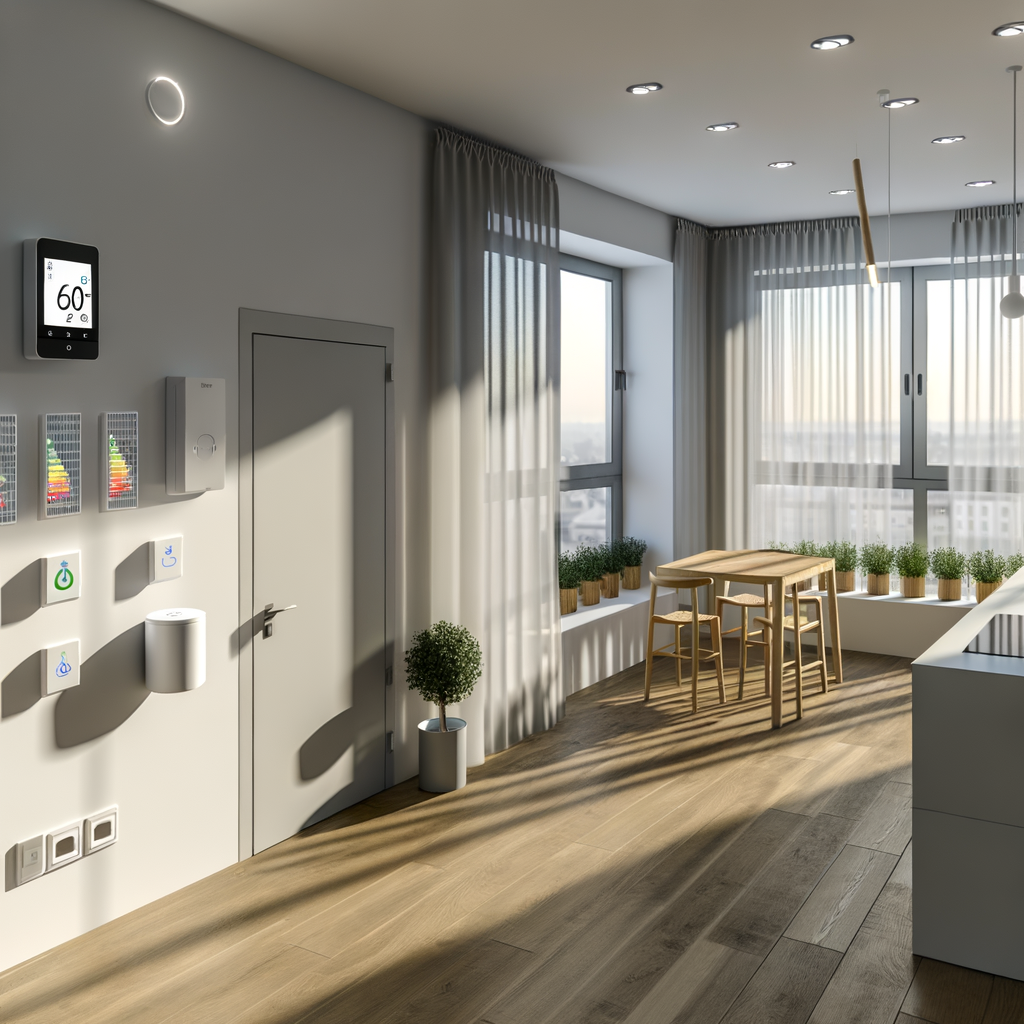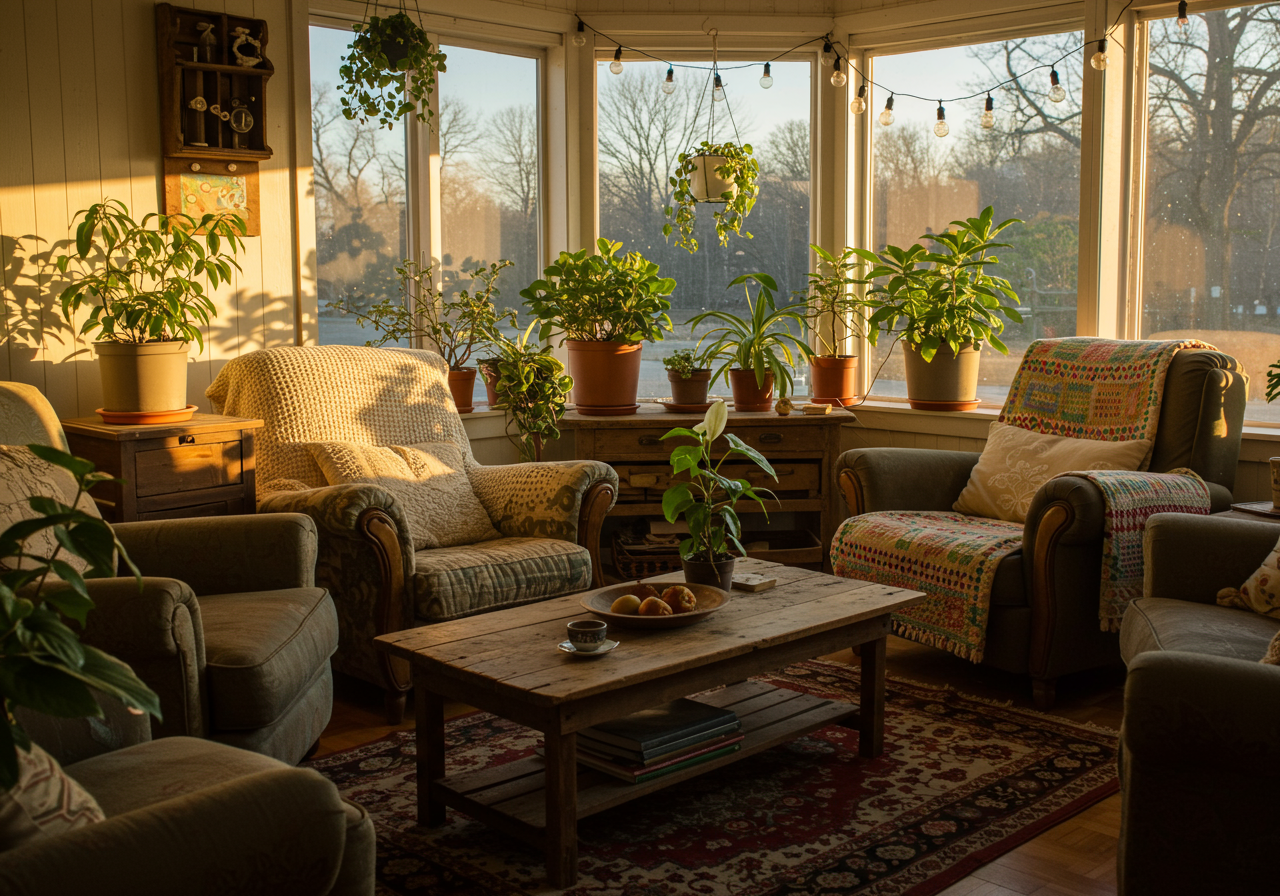Myth-Busting Smart Homes: 7 Common Misconceptions About Eco-Tech for Renters—Debunked!
Eco-friendly smart home technology is more accessible than ever—yet many renters hesitate to embrace these innovations. Myths abound: It’s too expensive, only for homeowners, or simply too complicated. At EcoFriendlyRenter.com, we’re here to set the record straight. Read on to discover the truth about smart home eco-tech for renters and empower yourself to make green, tech-savvy improvements—even if you don’t own your place.
Why Smart Home Eco-Tech Matters for Renters
Energy-efficient, connected devices don’t just benefit homeowners. Renters can save money, reduce their environmental footprint, and enjoy greater comfort by making smart upgrades—even in temporary or small spaces.
- Save money on bills with more efficient energy use.
- Boost comfort and convenience with automation and voice control.
- Reduce your carbon footprint by using less power and water.
7 Common Smart Home Myths—Debunked!
1. Myth: “Smart Home Tech Is Only for Homeowners”
This is one of the biggest misconceptions. Yes, homeowners can install whole-home systems, but many smart products are designed with renters in mind.
- No hardwiring needed: Most devices are wireless or plug-and-play—no permanent installation required.
- Easy to remove: Take your smart bulbs, plugs, and sensors with you when you move out.
- Landlord-friendly: Devices like smart thermostats and plugs often require zero modifications to existing infrastructure.
Actionable Advice:
- Choose products that use adhesive mounts or fit into standard outlets.
- Save all packaging for easy transport to your next home.
- If you want to install a device that needs minor mounting, always get your landlord’s approval first.
2. Myth: “Eco-Tech Is Too Expensive for Renters”
People often assume smart home tech means sky-high costs. But today, many eco-friendly devices are affordable and often pay for themselves in energy savings.
- Entry-level smart plugs or bulbs: Often under $30.
- Water-saving smart shower heads or leak detectors: Start at less than $40.
- Smart thermostats: Utility companies often offer rebates!
- Energy monitoring devices: Help you spot which appliances waste power so you can adjust use.
Actionable Advice:
- Start with one or two small investments, like a couple of smart plugs for high-usage devices.
- Check local utility programs for rebates on smart thermostats or energy monitors.
- Watch for sales around Earth Day or during back-to-school season for tech deals.
3. Myth: “I Have to Rewire the Apartment for Smart Devices”
Most renters (and landlords!) cringe at the thought of rewiring. The good news? Modern smart home gadgets are designed to be easy for anyone to install—no rewiring necessary.
- Smart bulbs: Screw directly into your existing lamps.
- Smart plugs: Plug into any standard wall outlet; perfect for renters.
- Battery-powered sensors: Use adhesive strips or magnetic mounts.
- Non-invasive thermostats: Choose models like Google Nest or ecobee which offer simple swap-out installations (with landlord approval).
Actionable Advice:
- Always review product specs—look for phrases like “no tools needed” and “easy setup.”
- Read renter reviews to see real-world ease of use in apartments.
4. Myth: “Smart Tech Isn’t Worth It in a Temporary Home”
Why bother with eco-tech if you’re going to move again in a year? Because portable smart home devices move with you, helping you save money and energy everywhere you live.
- Smart plugs and bulbs—take them to your next place, no problem.
- Window sensors, leak detectors—simple adhesive mounting makes these easy to remove and reinstall.
- Wi-Fi-enabled gadgets—quickly reconnect in your new home’s network.
Actionable Advice:
- Build up your eco-tech toolkit over time by seeking out portable products.
- Keep instruction manuals and original packaging for smooth relocations.
5. Myth: “Smart Devices Are Complicated to Use or Set Up”
Today’s best eco-tech is user-friendly—no engineering degree required. Most products offer easy app setup, step-by-step instructions, and support voice assistants like Alexa or Google Assistant.
- Simple plug-and-play: Most bulbs, thermostats, and plugs automate their own setup via a smartphone app.
- App integrations: Many smart home apps allow guiding you through every step, from pairing devices to automating routines.
- Voice control options: Renters can control lighting, temperature, and more hands-free.
Actionable Advice:
- Start with one device to build confidence—most people nail the setup in under 10 minutes.
- Visit YouTube for visual, step-by-step tutorials if you need extra support.
- Explore if your favorite eco-apps (like smart plugs) offer scheduling, so devices run only when you need them.
6. Myth: “Smart Homes Aren’t Really Eco-Friendly”
Another common myth is that all those “always-on” devices are just energy hogs in disguise. The reality? Smart eco-tech can significantly reduce your overall energy and water consumption.
- Smart thermostats: Learn your schedule to cut AC or heat when you’re out.
- Automated lighting: Turn off lights automatically when you leave a room.
- Leak detectors: Prevent water waste and expensive property damage.
- Power monitors: Help you discover hidden “energy vampires.”
By fine-tuning appliance use and preventing waste, a renter’s smart home setup is often more efficient than a traditional “dumb” home.
Actionable Advice:
- Program bulbs and plugs to turn off automatically.
- Use smart thermostats or AC controllers to ensure efficient heating/cooling.
- Install leak sensors under sinks or near your washing machine.
7. Myth: “I Can’t Automate Smart Devices Without Making Major Changes”
If you think automation requires invasive remodels or high-tech hubs, think again. Today’s smart devices are cloud-connected and app-controlled, perfect for renters looking for simple automations.
- “Set and forget” schedules: Lights and plugs can be set to turn on/off according to your workday or sleep schedule.
- Voice commands: Control devices with Alexa, Google Assistant, or Siri.
- Geo-fencing: Some devices turn off automatically when your phone leaves home.
Actionable Advice:
- Experiment with routines: For instance, program all living room lights to turn off at bedtime.
- Create scenes in your app (e.g., “Heading Out”) that adjust multiple devices at once.
- Explore IFTTT (If This Then That) applets to link your free accounts and add more automations.
Tips for Renters: Getting Started with Smart Eco-Tech
-
<




